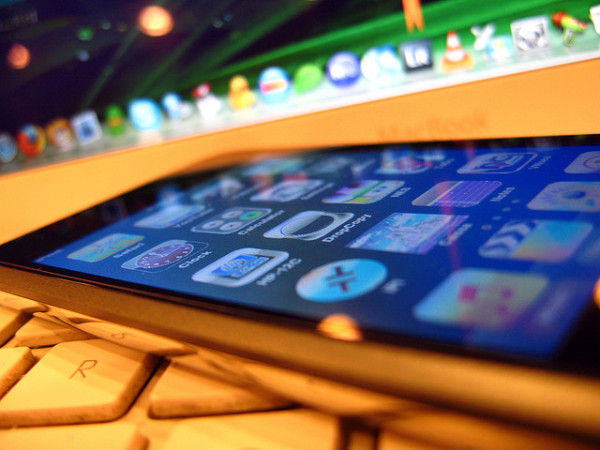

Having an amazing app you want to share with the world is good, but it won’t mean much unless you can entice people to actually try it. You’ll have a better chance of getting people to download your app if you take the time to create a compelling app description. These tips can help.
Pique immediate interest
Due to brief attention spans and the extensive app choices on the market, your first sentence or two needs to immediately grab the reader’s attention. Pinpointing why people need your app or what makes it unique is a solid place to start. Also ensure you are writing directly to your targeted audience so you can most directly relate to their wants and needs.
Explain what makes your app different from the rest.
Thousands of apps are competing for the attention of viewers, and you may even find several available apps that are similar to your own. Take time to outline what makes your app special, easier-to-use or otherwise different from all the others.
Reviewing descriptions of apps that are similar to your own can help you more precisely outline what makes your app unique. You’ll also get a better understanding of descriptions that work and those that fall flat.
Keep it simple, engaging and conversational
Even if your app creator came up with an end product that is highly complex, you want the description to be simple and easy to follow. A conversational tone is typically more engaging than a highly formal tone, as is using the active voice instead of the passive voice.
Breaking down your description into different sections can also help, particularly if each section contains short sentences and lists. For instance, one section could outline your app’s features while another might mention any technical or other pertinent details. Use subheads and bullet points to further facilitate ease of reading.
Spell out the pertinent details
Disclose important details about your app, such as its compatibility or the terms of its free trial period. Mention any fees that may be associated with your app. Tell users if they need other apps to make your app work or if it synchronizes with specific services. Disclosing the so-called fine print up front can help build confidence in your app as well as your entire company.
Avoid overload
While you want to explain any specific details apps users may need to know, you don’t want to thrust them into information overload. Microsoft says effective app descriptions can contain as few as 200 words, and even the most complex should never exceed 3,000.
The main aim of your app’s description is to entice your audience it to try it, not give them a specific how-to on every instructional step for making it work. Avoid using links, which typically don’t work in the description field. Don’t try to explain your entire company philosophy, background or other products.
Your app description should focus solely on the app, giving it adequate space to shine
